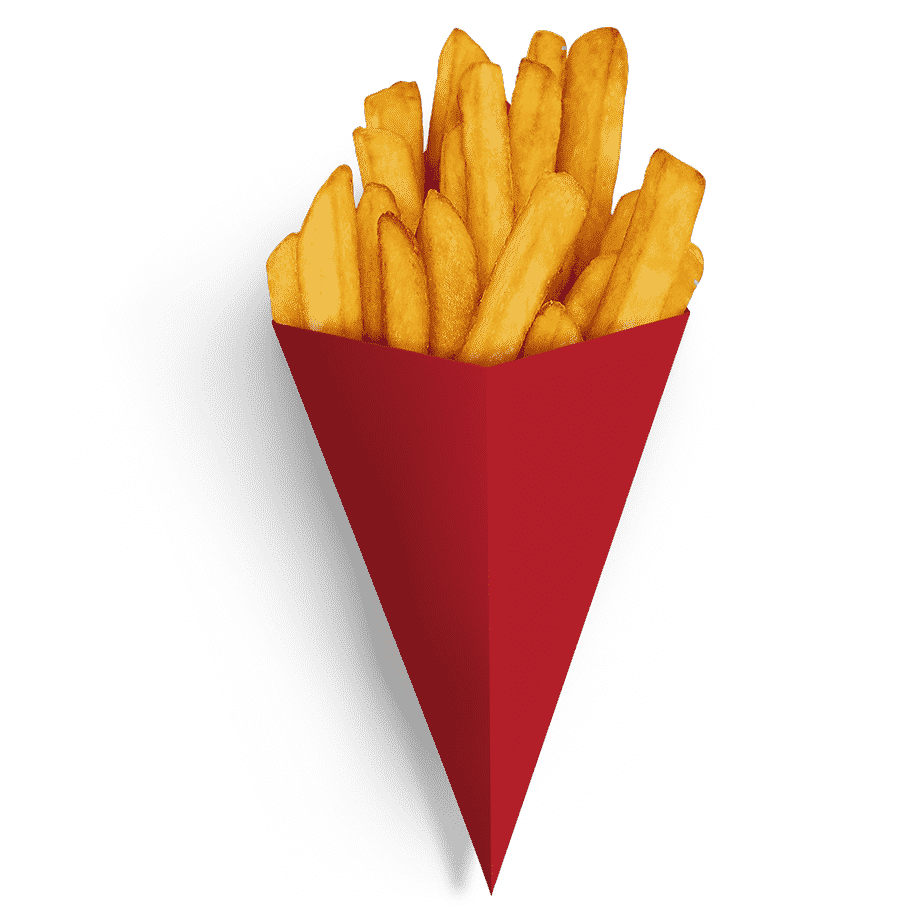What do we know?
We put the question to Emanuel Van den Broeke.
The challenges facing agriculture are becoming increasingly numerous and complex. Climate change, political pressure to reduce the use of phytosanitary products, and difficulties in securing potato plant supplies this year are significant issues. Together with potato processing companies, farmers must therefore explore alternatives to continue producing in a qualitative, sustainable, and profitable manner.
Our climate is becoming increasingly extreme, with much hotter and drier periods occurring during the potato growing season. And we see that the records we break always point in the same direction: the driest month, the hottest summer. Not only in Belgium, but throughout Europe. We can also see that dry spells are sometimes quite regional. The drought had a stronger impact from West Flanders to France, whereas the centre and the south of the country were better off.
This year, yields were promising, but the rainy weather led to a challenging end of the season, with some harvests extending into December. There will be nothing left to harvest this spring, as virtually no tubers remain in the unharvested fields. The start of the new season, continuing the trend of frequent rainfall, appears to be just as challenging, causing delays in planting early potatoes.
This forces us to revise our agricultural practices...
It’s up to each farmer to do their best, but it’s often the politicians who tell us what we can or cannot do. It all starts with the fertilisation of the various crops: a decrease in the volume of nitrogen that can be used is enforced. This means less manure and fewer chemical fertilisers. This could also affect the growth of the plant and the yield of our potatoes. On the other hand, when you put less fertiliser, and less nitrogen in the soil, you lessen the risk of polluting the groundwater.
How do you strike the right balance?
Politicians want farmers to plant as many crops as possible before winter to fill the fields. Green manures, nitrogen residue collectors. After winter, the vegetation cover will be mixed into the soil, which can then redistribute these nutrients to the new growing crop. To do this, you have to sow the vegetation at a moment that it will still grow, i.e., before 1 October. And that is totally incompatible with the current potato cultivation. We simply can’t harvest our potatoes before 1 October.
The harvest is occurring increasingly later, with late-season potato varieties being planted. This shift is also due to weather patterns, as evidenced by the 2023 harvest.
In this context, the company can play a crucial role in implementing new strategies. It is essential for the harvest to be of high quality for the company and profitable enough for the farmer. Lutosa, through its field agents, can provide guidance to its suppliers on the new varieties that are best suited to different soil types and on themost effective cultivation methods.
How should we tackle the issue of recurrent droughts?
We have to have a healthy, humus-rich soil, which can absorb and retain water whenit is available and therefore does not form a crust during dry periods. To do this, youhave to treat the soil properly by regularly adding organic matter (manure, etc.), avoidmoving the soil too much, and stop ploughing the soil to foster soil life. Next, there iscrop rotation. Avoid using the same crops repeatedly. With potatoes, we can legallyplant one year out of three. And if we want to improve, we should prolong therotations even further.
Do you envisage planting other varieties of potatoes?
We are still testing new varieties. Hardy potato varieties are better suited to grow in a drier, hotter, and more stressful environment while still yielding better and offering a higher quality.
We are currently experimenting with a new variety that is being multiplied. We are already working with it every year, and it is more environmentally friendly, less demanding in terms of fertilisation, more resistant to mildew and therefore involves less phytosanitary treatment. This variety shares many of the same characteristics as Fontane but is a little longer. We will produce 7,000 tonnes this year and, if the test goes well, the crop could continue to grow exponentially.
How do we cope with this? Have we changed anything in our practices yet? Or are we going to have to change certain things?
We know that McCain runs a network of pilot farms in France to test new practices. At Lutosa, we are currently carrying out observations in collaboration with research centres (PCA, FIWAP, CARAH) to find out which practices are profitable or not.
We will follow the lead of our parent company by continuing their regenerative agriculture project and providing technical support to farmers interested in adopting more sustainable farming methods.
How do the farmers we work with feel?
At the moment, inflation is their main concern. Fertilisers, plant protection products,diesel, and electricity (an important expense for conservation: ventilation,refrigeration) are all soaring. Other crops such as maize, wheat, or beetroot haveonce again become very appealing. Seeding of wheat is increasing this autumnbecause farmers can already sell their future harvest at an attractive and guaranteedprice. Today’s farmer chooses opportunistically from the market, in order to reducehis financial risk. Potatoes are a very expensive crop in terms of inputs, and the fieldsrented for planting potatoes are the most expensive.
Then the plants, pesticides, and machinery all have a high cost. A producer wanting to get a good price has to invest in a “full option” storage building in order to store his crop until June of the following year and will have to wait until August to be paid. This demands a considerable working capital from the start.
This means that there is a risk of less planting area, then?
In the short-term, yes, but paradoxically, our industry is investing in and expecting more and more potatoes. Even if we choose other varieties that give better yields, we won’t be able to use those varieties every year. Another problem is that the law is much more restrictive, the yields will no longer increase. We have good practices, but the harvests don’t follow.
Do we have any alternative routes for the future?
Digitalisation is becoming increasingly important in agriculture and could help us to determine which soils are in good condition and which elements are in the soil. The use of drones for plant treatment could help us to be more selective in treating or fertilising. Naturally, there is a price to pay. But the overall awareness is increasingly shifting towards the need to do everything we can for agriculture and for nature, not just for ourselves, but also for the generations to come.

